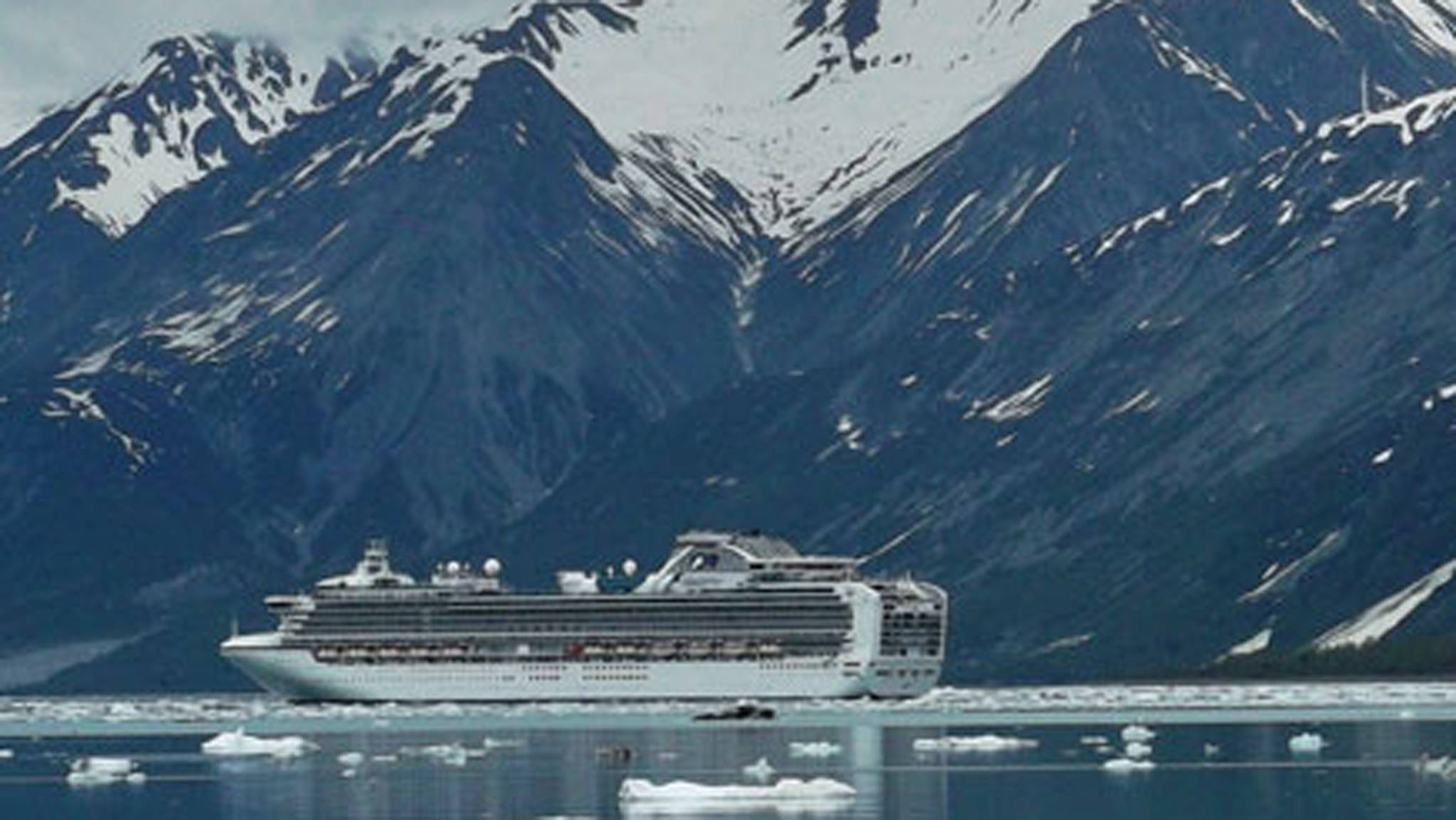Correction: This article initially attributed a policy to the Alaska Native Claims Settlement Act (ANCSA) instead of the Alaska National Interest Lands Conservation Act (ANILCA). It has been updated to reflect the change.
Exactly $8.28 a person. That’s how much it will cost a cruise ship passenger to gain access to Glacier Bay National Park for the next 10 years.
It’s a mandatory increase — up from $5 — that takes place once a decade to get into the park in northern Southeast Alaska.
That new cost is set in the National Parks Service’s recent call for proposals, sent to cruise ship companies hoping to gain access to the park. From 2019-2029, the contracts will govern how many cruise ships can enter the park every year and how much each ship will pay.
Selecting what large ships can enter the park is a bit like selecting a contractor to remodel a bathroom. The Parks Service will look to select companies that can not only do the job at their price, but who will execute their vision: providing a good user experience while respecting the park’s carefully-balanced ecosystem.
The Parks Service asks each contract bidder detailed questions about how cruise ship operations will affect the park’s ecosystem, NPS Concessions Specialist Melanie Berg told the Empire on Wednesday.
“The funding is important but what’s really important is all the other answers from the questions,” Berg said.
About 80 percent of the money for permits — which last year amounted to about $5.5 million — will go to the park’s upkeep. The funds also pay for interpretive rangers NPS brings aboard each ship, as well as scientific studies and deferred maintenance for park facilities.
It’s such a big contract for the NPS that service officials in Washington, D.C. and Denver have their hands in the project, Concessions Specialist David Lucas said.
That’s because the NPS knows how important the contracts are for Southeast’s tourism industry, Berg said. The park gets about 550,000 visitors each year, according to the NPS. Last year, 331,288 of those visitors came via cruise ship.
“Any contracts that bring in ‘x’ amount of dollars, they want to make sure the park and the region has the help that they need,” Berg said.
In coming years, each of the five cruise ship companies awarded contracts will be allowed 153 “use days” in the park each summer and 92 in the shoulder season (May and September combined). That pencils out to two or fewer ships per day will be allowed in park, a number capped by a science advisory board.
Ships under 100 gross tons — considered charter and tour vessels by the NPS — are governed by different permits, and are allowed more access to the park. Limited day expeditions are allowed like kayaking, guided fishing expeditions and non-motorized wildlife viewing. Cruise ship passengers can’t leave the ship at Glacier Bay. Passengers on smaller tour ships can.
Holland America and Princess Cruises have 71 use days already tied up. NPS grandfathered those companies in, as they have claims to historical use going back previous to the Alaska National Interest Lands Conservation Act. ANILCA requires NPS to respect their historical use of the park. Cruise ships have been coming to Glacier Bay since the 1880s, Berg said.
That $8.28 is up from $5 flat per person, the permit fee used in the latest round of contracts in 2009. The new fee was adjusted up based on the consumer price index, Berg said. The next fee increase a decade from now will be readjusted based on the consumer price index.
• Contact reporter Kevin Gullufsen at kgullufsen@juneauempire.com. Follow him on Twitter at @KevinGullufsen.

